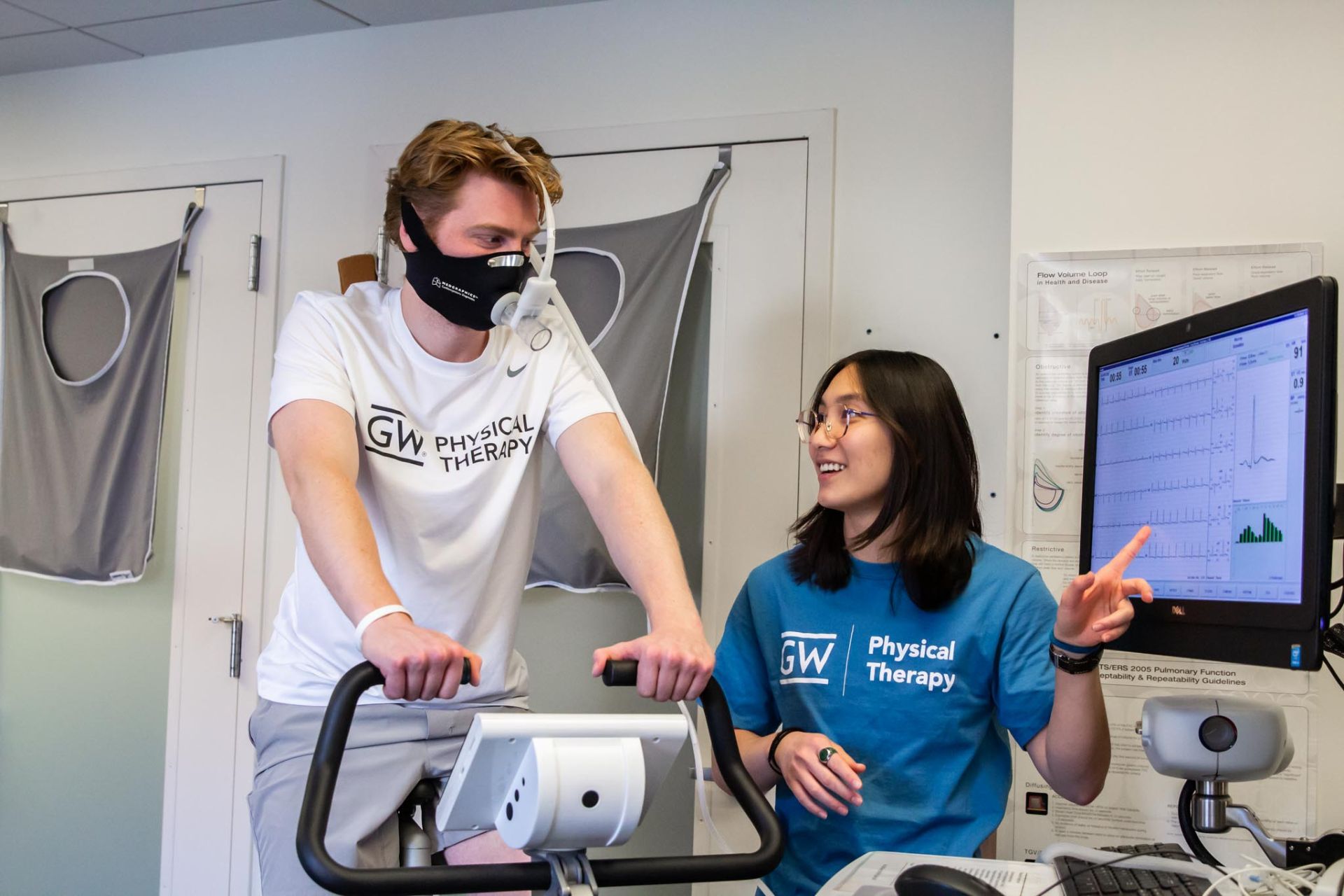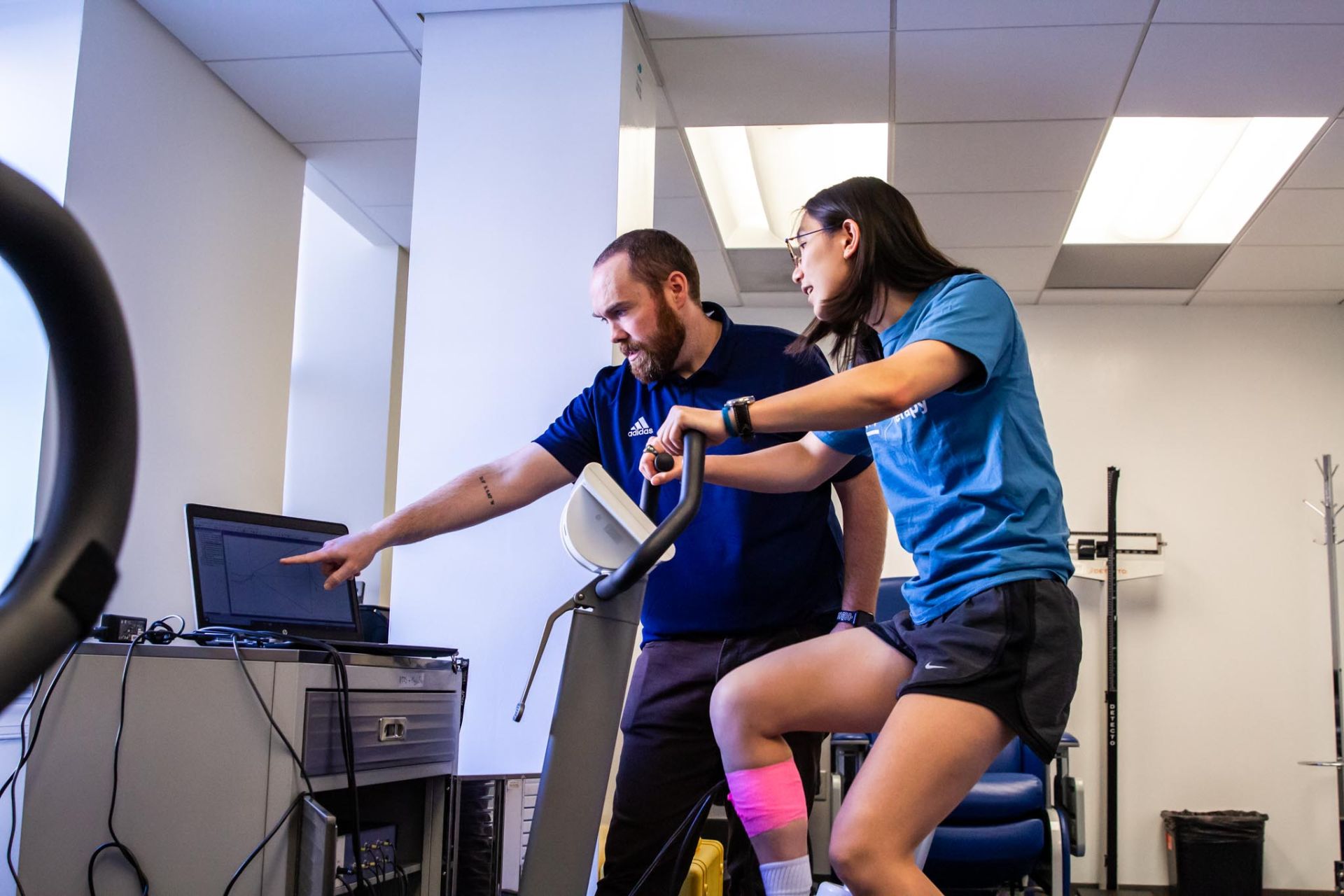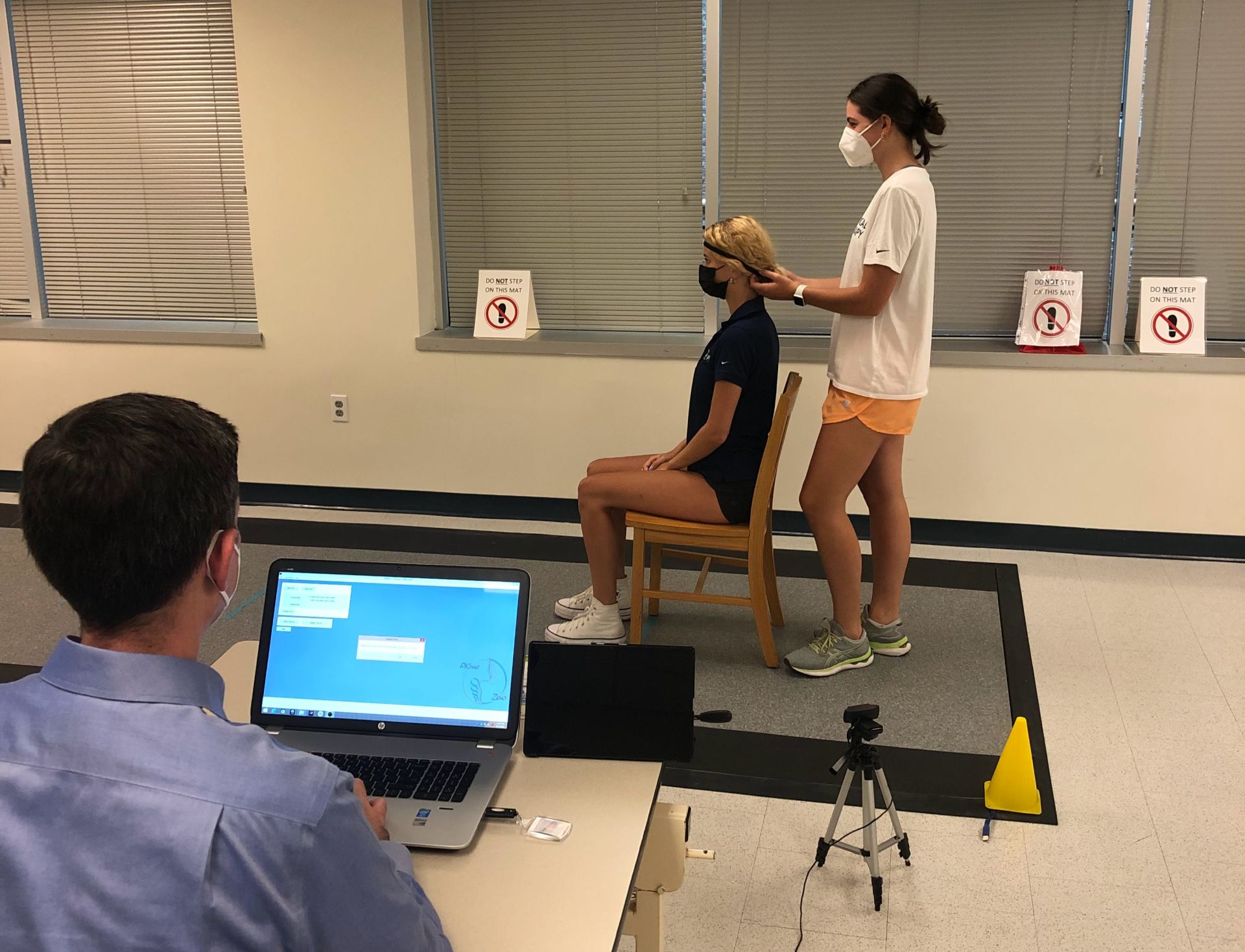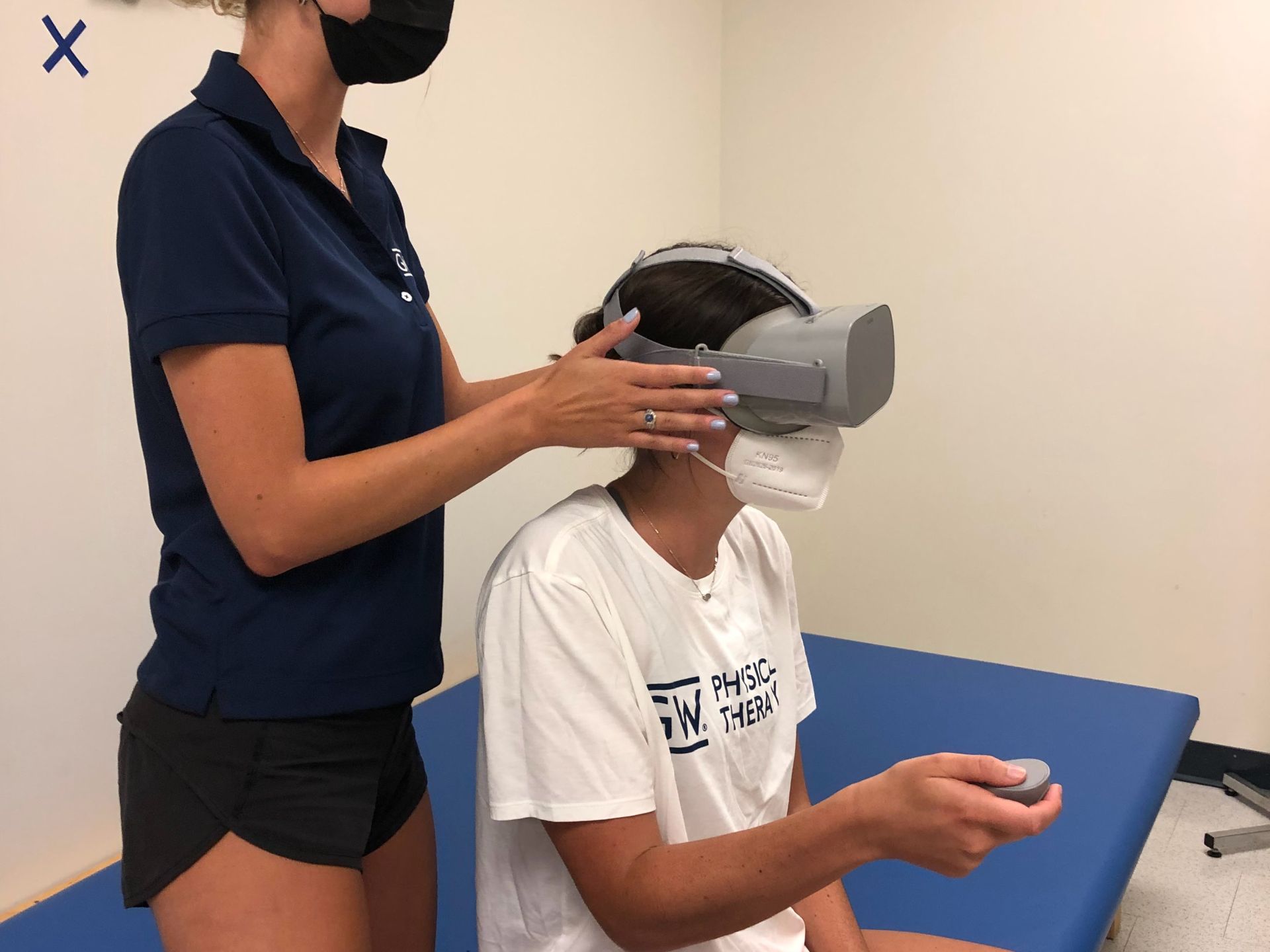We are ENGAGED
The purpose of our Engaged Department initiative is to create the infrastructure to promote strategic, meaningful, and sustained community engagement between the DC community and the Doctor of Physical Therapy Program (GWPT). The Engaged Department planning is led by a core Planning Team that incorporates feedback and buy-in from faculty, students, and the community partner. The development of an engaged department will leverage existing partnerships to create a sustainable model that meets the ongoing needs of the community partners, supports the development of engaged health professional students, and supports faculty research and education.
Intended Aims:
1. To promote, support, and develop a framework for community-engaged learning, service, and research between GWPT and the DC community.
2. To provide opportunities for students to engage with the community through coursework, research, and experiential service learning.
3. To provide meaningful health, wellness, and engagement opportunities for DC communities.
Current Partnerships:
Foggy Bottom West End Village
Community of Hope Fam-Club
MedStar NRH Adaptive Fitness and Sports
Faculty Involved:
Jason Dring, Karen Goodman, Rebecca Pinkus, Erin Wentzell
Health Function and Participation
Early Mobility in the ICU & Acute Care Practice
Early rehabilitation in the ICU is the implementation of rehabilitation services immediately upon stabilization of a patient in the ICU setting. Often patients who survive critical illness have long-lasting physical impairments. The goal is to mitigate these impairments by providing early rehabilitation. At GW, we are exploring the role of physical therapy in the acute care (hospital) setting.
PT Faculty Involved: Ellen Costello, Stephanie Hiser
Mobility and Brain Health
Physical function and activity, and brain health affect each other! At GW PT, we are examining the complex ways in which physical function and brain health affect each other. We are examining the effects of a cognitive load on motor learning and performance (dual-tasking). To find out more information visit the NMCLab website.
PT Faculty Involved: Karen Goodman
Motor Control & Biomechanics
Injury can cause changes in strength, biomechanics, and motor control. Through the use of MRI to quantify muscle integrity and volume as well as electrical stimulation and surface EMG to examine voluntary activation and motor control, we explore these changes.
PT Faculty Involved: Lindsay Garmirian
Pain
Unpleasant sensory or emotional experiences can occur with actual or potential tissue injury. At GW, we are exploring the use of orthopedic manual physical therapy for non-operative management of conditions such as patellofemoral pain and tendinopathy, as well as other pain presentations. We are also exploring how an inter-professional collaborative care model can assist individuals with persistent pain.
PT Faculty Involved: Dhinu Jayaseelan
Pediatrics
What do Jean Piaget, Mr. Rogers, and GW all have in common? They all believe in the power of play! "Play is the work of the childhood"(Piaget) and in order to promote a healthy lifestyle, it is important to ensure that all children have access to engage in active play throughout their day. At GW PT, we are exploring physical activity in children with disabilities. In order to tailor interventions and policies it is important to understand the barriers and facilitators to active play that families experience and to understand how children with a variety of abilities engage in active play. Using accelerometers to monitor activity, we will be able to quantify the amount of physical activity children with disabilities do throughout the day and see if they are meeting the recommendations for physical activity.
PT Faculty Involved: Erin Wentzell
Vestibular Dysfunction (Dizziness)
Vestibular dysfunction is a disturbance in the body's balance system due to one or both of an insult to the vestibular system of the inner ear or the central nervous system processing centers. The most common symptom of is dizziness, but may also include other signs like imbalance and nausea. At GW, we are performing research to establish methods to provide and measure dosage optimal interventions for those with vestibular dysfunction, measure function in a real-world setting, and to better instruct physical therapy students in how to perform clinical tests of the vestibular system. Check out more of what we are doing by visiting the NMCLab website.
PT Faculty Involved: Karen Goodman
Promoting Wellness and Healthy Living
Community Based Participatory Research
Through our Engaged Department initiative, we are working with the community to investigate ways in which we might help members of the community while providing experiential learning for DPT students. We are partnering with several community organizations to achieve our joint goals. For example, during mobility screens of older adults, we are investigating the factors that contribute to a change in mobility (e.g. falls). This activity provides benefit to the participants as well as the students completing the screens, and it provides valuable data to use to answer our research questions.
PT Faculty Involved: Jason Dring, Karen Goodman, Erin Wentzell, Rebecca Pinkus
Health Professions Education
Clinical Education
Immersion in clinical practice allows students to acquire and demonstrate competence in patient care. At GW PT, we are examining ways to enhance clinical education to promote optimal patient care by investigating clinical education assessment tools and the relationships between classroom
performance tests and clinical education performance.
PT Faculty Involved: Marisa Birkmeier, Matthew Garber, Rebecca Pinkus
Instructional Methods
We investigate various instructional methods and curricular development to improve didactic learning outcomes and clinical performance of our students. This includes the use of simulation, technology in the classroom, and the impact of community engagement and service learning on the student experience.
PT Faculty Involved: Marisa Birkmeier, Ellen Costello, Jason Dring, Karen Goodman, Erin Wentzell
Inter-professional Collaboration
Improved care results from members of the healthcare team interacting, learning together, and practicing with the client at the center of care. Partnering with other departments across GW, we are exploring how we can facilitate and teach inter-professional collaboration to our PT students.
PT Faculty Involved: Dhinu Jayaseelan, Karen Goodman
Translating Knowledge to Action
Research does not end with publication of an article. For maximum benefit, it must be implemented into clinical practice. GW PT faculty are involved in the synthesis and dissemination of evidence through the development of clinical practice guidelines and systematic reviews, as well as the translation of research to practice.
PT Faculty Involved: Dhinu Jayaseelan, David Scalzitti
Neuromuscular Control Laboratory
The Neuromuscular Control lab focuses on innovative methods to assess and improve movement control. We aim to determine afferent changes that occur due to age and neuromusculoskeletal conditions that affect movement. By determining these changes, we will identify and investigate interventions to improve and/or compensate for areas of deficiency in order to optimize movement control and function.
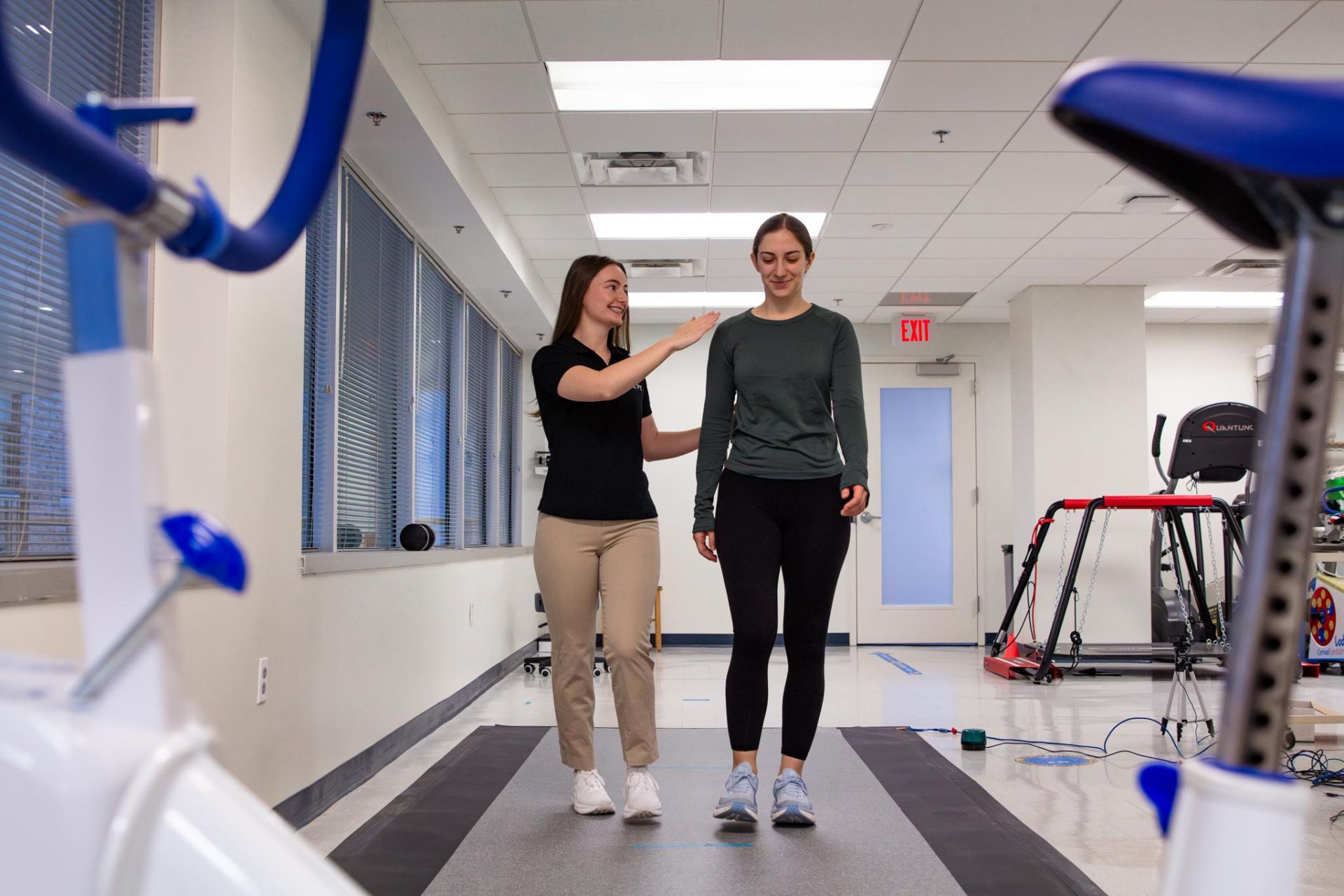
Physical Therapy Exercise Physiology Laboratory
